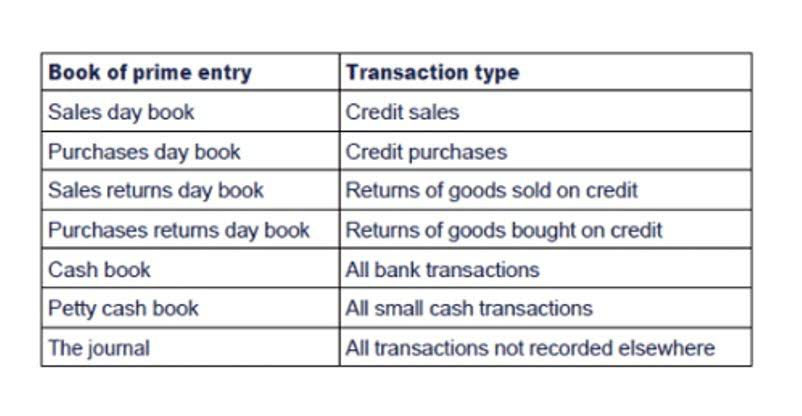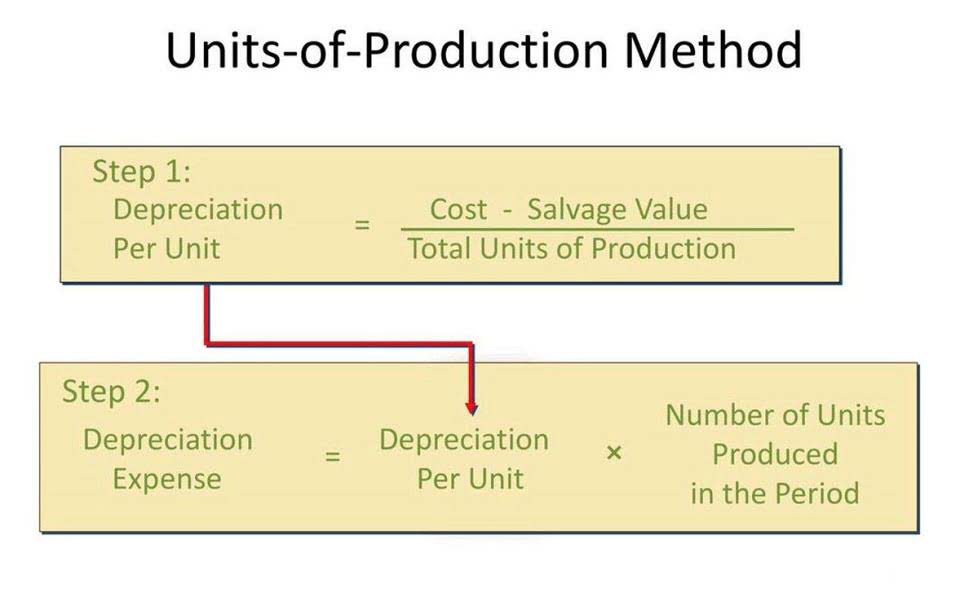
Harold Averkamp (CPA, MBA) has worked as a university accounting instructor, accountant, and consultant for more than 25 years. Construction Work-in-Progress is often reported as the last line within the balance sheet classification Property, Plant and Equipment. Tight deadlines and thin profits mean you can’t afford errors or delays in construction WIP reports.

Overall, utilizing a software with accounting integration can help to improve the speed and accuracy of your reports. The appropriation of revenues and expenses should be made in the relevant accounting period according to the work’s percentage completion. It also dictates which revenues and costs related to a construction contract should be recorded and when to record. Its category is the construction in progress under the fixed assets group. These assets will be reversed to the actual fixed assets when the construction is finished and total costs are measured reliable.
Income Recognition
The accounting for construction in progress is the process the company keeps a record of the construction cost of the non-current asset. If the company constructs assets for the client, they have to properly record the revenue as well. Once the company stops working on an asset and that asset is available for use, it must remove the amount from the account. Usually, all the amount from the construction-in-progress account gets transferred to the relevant fixed asset account. From this point onwards, the accounting for the amounts falls under the applicable accounting standards. The effect of this journal is to include an amount equal to the income recognized to date as a debit to the construction in progress account.
The construction work in progress account is a prime target of auditors, since costs may be stored here longer than they should be, thereby avoiding depreciation until a later period. Learn why an accurate and timely WIP report is one of the most essential tools a contractor can use to optimize cash flow. In cost to cost method, all the cost incurred to the date is divided by the project’s total expected cost. The most cip accounting common capital costs include material, labor, FOH, Freight expenses, interest on construction loans, etc. Under the IAS 11.8, if a construction contract relates to building two or more assets, each asset will be treated as a separate contract if specific conditions are fulfilled. The IAS 11.9 regulates the treatment of two or more assets’ construction as a single contract if they are negotiated as one contract.
Double Entry Bookkeeping
An accountant will report spending related to the construction-in-progress account in the “property, plant, and equipment” asset section of the company’s balance sheet. Another objective of recording construction in progress is scrutiny and audit of accounts. The construction in progress can be the largest fixed asset account due to the possibility of time it can stay open. Therefore, the construction in progress is a non-current asset account that keeps a record of all the costs incurred until completion. A construction company might come to your mind by reading the phrase “Construction In Progress.” Indeed, construction in progress accounting is mostly used by construction firms. Besides business dealing in building huge fixed assets, also use construction in progress accounting.
- We have tried to help you understand the concept of construction in progress.
- Cash, as well as accounts receivable and marketable securities, are all considered.
- Since we have not yet billed the client these are not yet an A/R or A/P accounts.
- A balance sheet shows a company’s net worth at any given time and includes all of its assets, even those not currently in use.
According to the matching principle of accounting of accrual accounting, the expenses related to certain revenues must be recorded in the same period when they were incurred. Construction in progress, or most commonly known as CIP, is a fixed asset account with a natural debit balance. During the construction, company https://www.bookstime.com/ needs to record revenue, expense and accounts receivable. Suppose a business has a long term construction project and has incurred costs to date of 300. Once the asset is put into service, the construction in progress account will be credited, and the debit is transferred to property, plant, and equipment.
Handling Cost Changes in Progress Billings
This means that if a construction contract relates to two or more assets, each asset will be treated as a separate contract. However if different method is used to measure the progress to completion, then the company can amortize the cost based on the progress percentage. As ABC handed over windows and excluded them from measurement of progress towards completion due to potential overstatement, the revenue from sale of windows is recognized at the time of their delivery. As we excluded windows from measuring progress towards completion, we will draft the journal entries separately for windows and for the remaining services.
- Once the construction begins, those costs must be reclassified as “work in progress”.
- This means the business should have an earned revenue to date of $100,000.
- Overall, the company records these amounts in the construction work-in-progress account.
- It requires the company to separate the work into small units which are not practical for all construction.
- An accountant will report spending related to the construction-in-progress account in the “property, plant, and equipment” asset section of the company’s balance sheet.
CIP Accounting is crucial for construction firms because it allows them to accurately track and report the various expenditures incurred during a construction project. Since these costs can be substantial, the CIP account is typically one of the largest fixed asset accounts on a company’s balance sheet. Additionally, proper CIP Accounting is important for financial transparency and to ensure that profits are accurately represented, especially in cases where construction projects span extended periods. Inventory asset accounts are divided into a balance sheet component known as WIP. As a result, these expenses are transferred to the finished goods account and ultimately the cost of sales. When a company begins a project, it must allocate resources to complete it.
The Importance Of Tracking Construction Costs On A Company’s Balance Sheet
But, using multiple calculations, you can see a more accurate picture of a project of where the job stands, including if it’s been over or underbilled. The key component of the WIP report is the projected cost which is needed to calculate the percent complete. The three methods most commonly used to calculate the projected cost are estimating the percent complete to date, using units completed to date, or estimating the cost to finish.
While you may have spent 60% of your budget, the work could be only 40% finished. You can then calculate the over under billing by subtracting the earned revenue to date from the (total amount billed minus the total cost to date). Build to use can be an extension in an existing office facility, building a new plant, warehouse, or any business asset.
If a company is taking on construction work in the middle of the year, it will have no value in the end. As a result, it is critical to record the value of construction in progress as a fixed asset. This process will help to ensure that the company is reaping the benefits of its investment.

